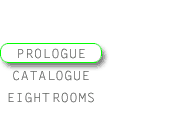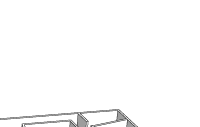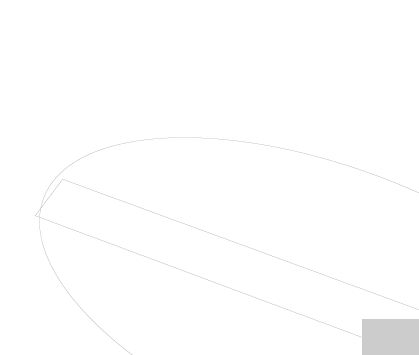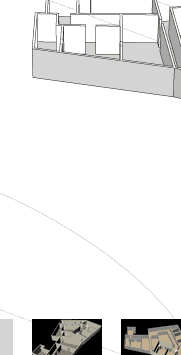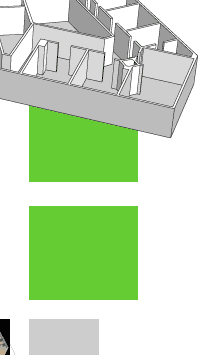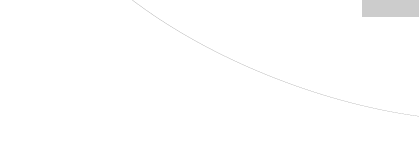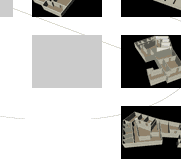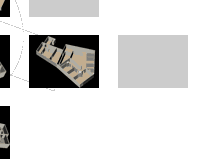These rooms have grown into themselves—they have a long history and, for a contemporary gallery, a strong and rather unusual individuality. No wall is straight, parts of the timber frame and the baroque ceiling are original, as is the wooden floor. The echoes of steps and conversations get carried into the last corner of the gallery. The visitor feels as if he is surrounded by imaginary people. After multiple reconnaissance missions of all the rooms, it occurred to us to use the complex structure of the gallery as the concept for our exhibition. On one hand, it evokes analogies to libraries and archives, and on the other hand, it is a very simplistic representation of the human brain.
The idea is the following: on the basis of a 3-dimensional model, you take the very complex structure of the gallery and reconstruct it by creating a room overlapping rhythm and structure. With this rhythm and structure, you create a time shift.
Ulrike Dornis’ large wall drawings—based on steel construction and city scapes—cover up, disturb and elongate the proportions and the rhythm of the gallery, superimposing different autonomous structures on the rooms.
A room overlapping a multifaceted structure connects the other rooms of the exhibit in a different context. This optical charade subjects the gallery to compressions and distortions, provoking irritation in the visitor. This new structure creates the obligatory framework in which the dynamic works of Jens Hanke are added, positioned in prominent points of the rhythmic abstract. These works become keynotes, enhancing the underlying structure and at the same time, holding the connection to the other rooms. They are the weights, scribbled into the linear structure and the matrix of the wall drawings.





